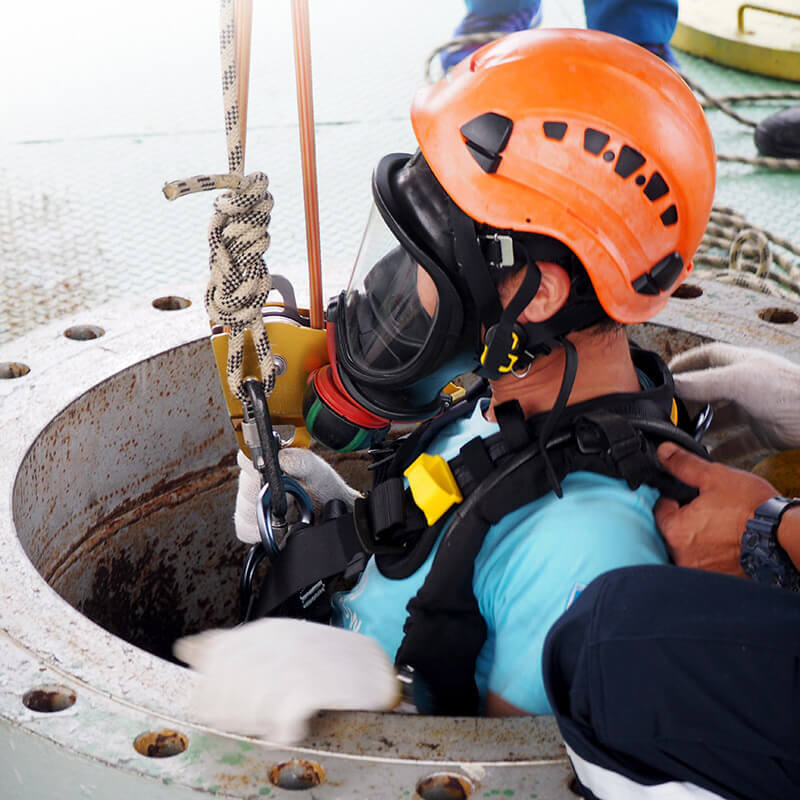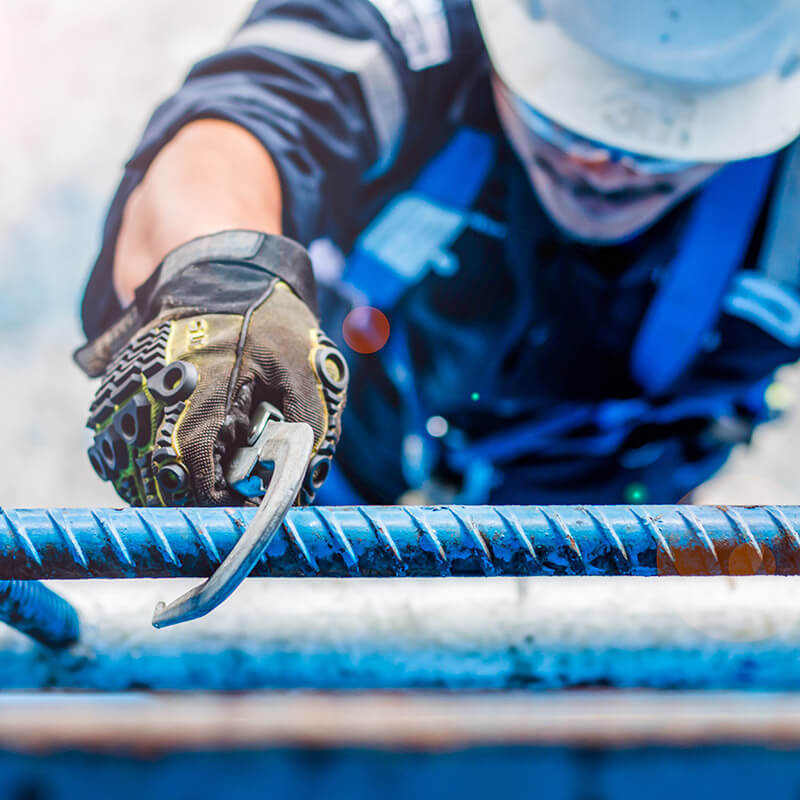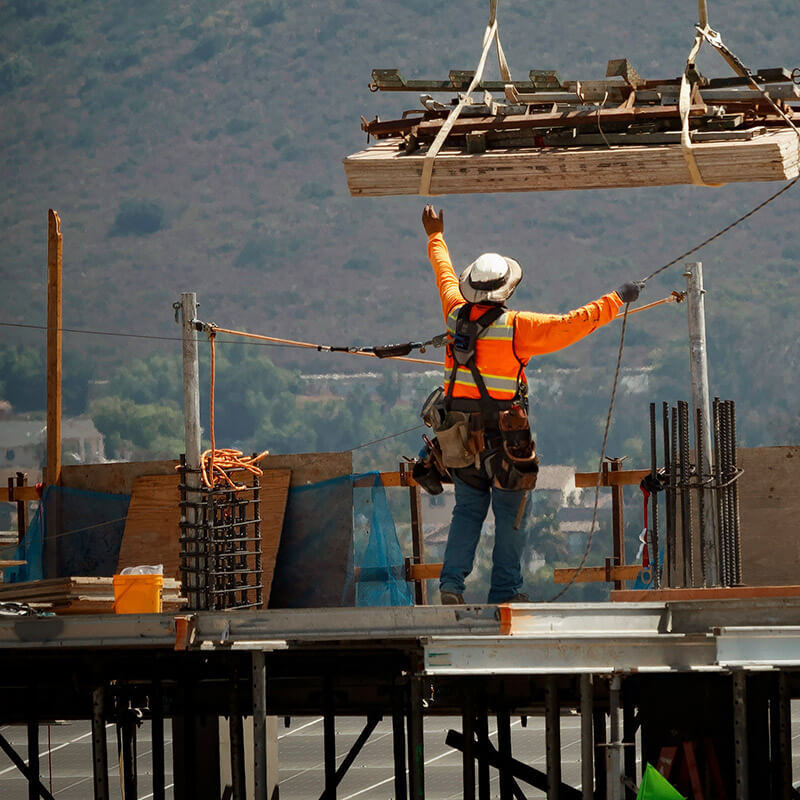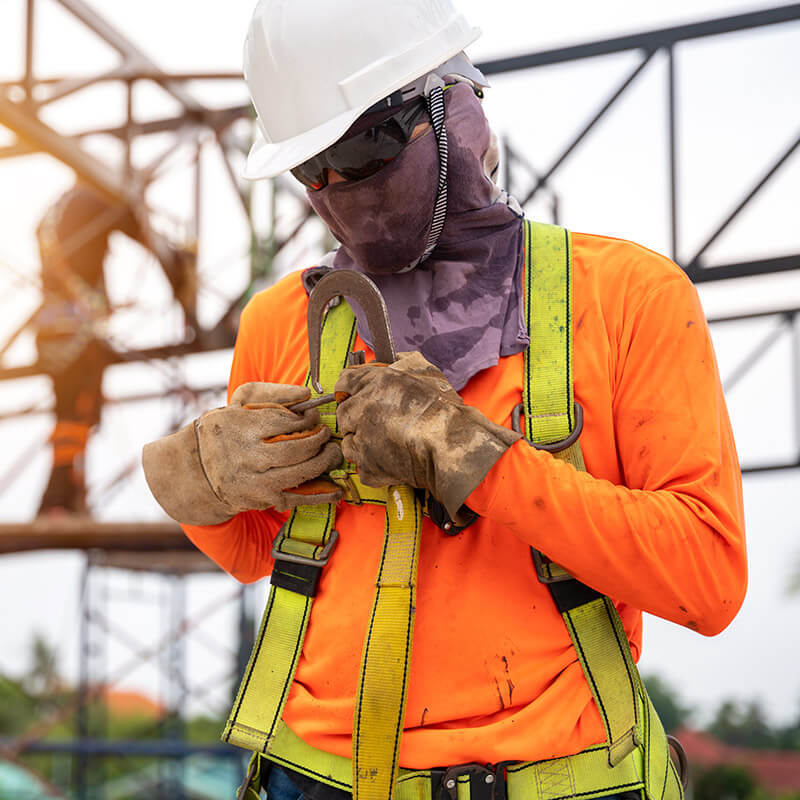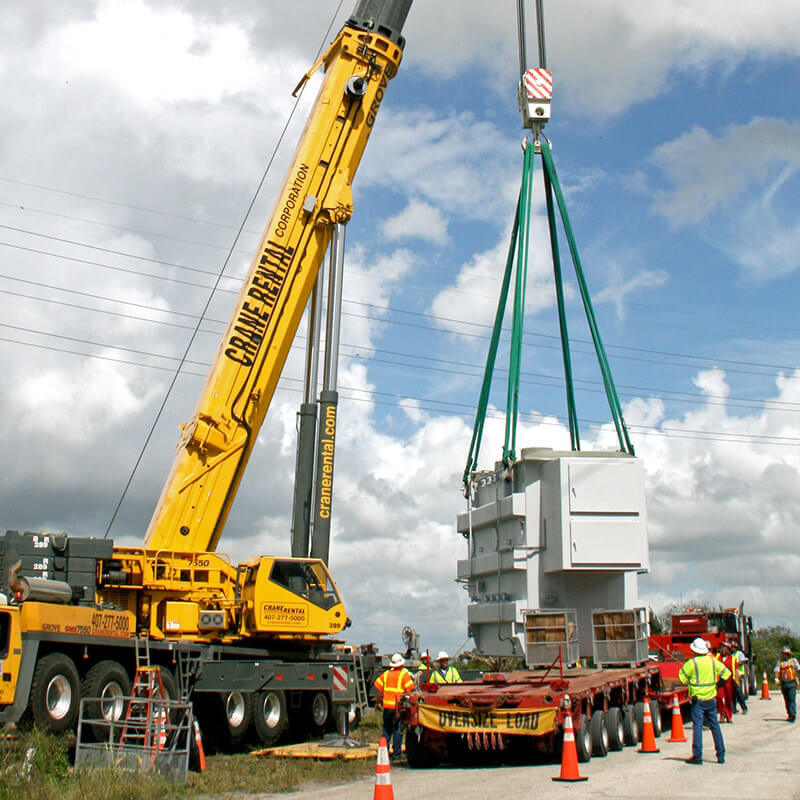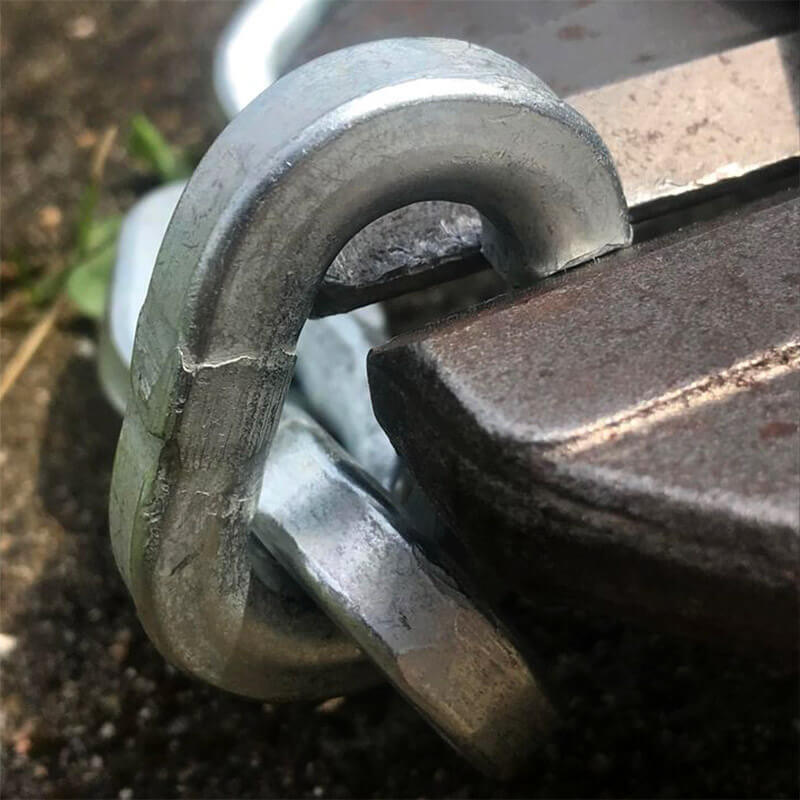What does OSHA require for fall protection?
Did you know falls are the top cause of death in construction, making up nearly 34% of all deaths? This shows how vital it is to follow OSHA's safety rules. But what does OSHA say about fall protection? The Occupational Safety and Health Administration's Fall Protection Standard (29 CFR 1926.501) requires employers to take certain steps to protect workers at heights. These rules apply not just to construction but also to general industry, longshoring, and more.
At its heart, OSHA's fall protection rules aim to stop serious injuries and deaths at work. They require things like guardrails, safety nets, and personal fall arrest systems. These are designed to prevent falls or catch workers if they do happen. It's key to know and follow these rules to keep the workplace safe and reduce risks.
It's very important for employers in all kinds of industries to know and follow these rules. Doing so not only meets OSHA's standards but also helps create a safer work environment for everyone.
Key Takeaways
- Falls are the leading cause of death in the construction industry, highlighting the need for stringent safety measures.
- OSHA's Fall Protection Standard (29 CFR 1926.501) mandates specific requirements to protect workers from fall hazards.
- These regulations apply to general industry, construction, longshoring, and other sectors with fall risks.
- Effective fall protection measures can include guardrails, safety nets, and personal fall arrest systems.
- Compliance with OSHA fall protection standards is critical for maintaining workplace safety and preventing fatalities.
Understanding OSHA Fall Protection Regulations
The Occupational Safety and Health Administration (OSHA) has set up rules to keep workers safe from falls. These osha fall protection regulations cover many situations to lower the chance of injuries from heights.
Overview of OSHA Standards
OSHA's fall protection rules aim to protect workers in many industries. They give clear guidelines for safe walking areas, personal fall arrest systems, scaffolding, safety nets, and more. It's key for businesses to follow these rules to keep their workplaces safe.
- Walking/Working Surfaces: Keeping these areas safe and checking for hazards is important to avoid falls.
- Personal Fall Arrest Systems: The gear must be tested and fit the job's conditions.
- Scaffolding: It must be built and made of materials that meet strict standards.
- Safety Nets: They should be used where temporary safety is needed.
Following OSHA's fall protection rules is very important. Not doing so can lead to big problems, like fines and more accidents.
Specific OSHA Requirements for Various Industries
OSHA's fall protection rules change based on the industry. For example, construction has strict rules to spot dangers and offer good fall protection. Workers need to learn how to spot risks and use safety gear right.
- Hazard Identification: Employers must look for fall dangers in the work area.
- Fall Protection Systems: Depending on the job, things like guardrails, safety nets, and personal fall arrest systems might be needed.
- Worker Training: It's a must to teach workers how to avoid and handle fall risks.
By adding these safety steps into daily work, businesses can follow OSHA's fall protection rules. This makes the workplace safer. Each industry should adjust its safety plans based on its specific work and dangers.
Key Components of OSHA Fall Protection Training
Keeping employees safe is crucial, and osha fall protection training plays a big role. The first step is to spot and understand fall hazard awareness. This helps employees know what risks they face. Good workplace safety training programs teach them why fall hazards are dangerous and how to avoid them.
Teaching workers how to use fall protection gear is key. They learn through hands-on practice, like how to wear a fall protection harness right. This way, they know how to use the gear properly in real situations.
Teaching workers to check their gear is also vital. They learn to inspect fall protection equipment before use. This makes sure the gear works well, reducing the chance of accidents.
Teaching rescue plans is the last but not least part of osha fall protection training. Workers learn how to act fast and safely if someone falls. They learn how to reach the person and how to get them to safety.
Having a good instructor makes training better. They use real-life examples and practice to make sure workers get it. This practice helps workers not just know but also do what's needed to stay safe.
What does OSHA require for fall protection?
It's key to know OSHA's rules for fall protection to keep workers safe and avoid fines. Employers need to give their workers the right tools and training to stop falls.
Mandatory Fall Protection Equipment
OSHA says certain fall protection gear must be used to keep workers safe. This includes full-body harnesses, lanyards, and connectors. Companies like ours at Bishop Lifting sell OSHA-approved fall protection kits and carry the top brands like Palmer Safety. Using the right gear can greatly lower the chance of injuries in dangerous work places.
Developing and Implementing an OSHA-Approved Fall Protection Plan
A detailed OSHA fall protection plan is vital. It outlines how to prevent falls, who is responsible, and what to do in emergencies. Having such a plan helps follow OSHA rules and makes a safer work environment.
Ongoing Compliance and Regular Inspections
Keeping the fall protection plan effective means regular safety checks. These checks should be done by experts and recorded as OSHA requires. Companies that focus on safety inspections can spot and fix hazards quickly. This keeps workers safe and ensures the company follows OSHA rules.
Conclusion
Following OSHA's fall protection rules is key for keeping workplaces safe. It protects workers from dangers. Employers must see how important these rules are. They help meet legal needs and create a safe work place.
Steps to a safer work place include taking action, training workers, and having the right gear. Doing safety checks often and following OSHA rules helps lower risks. For more on this, check out OSHA Fall Protection Standard 1910.29.
Following fall protection rules is more than just following the law. It's about doing the right thing for your business. It makes your company look good and helps you compete globally. Keeping workplaces safe is good for everyone, making sure everyone can work without worry.
At Bishop Lifting we pride ourselves in providing the best and most highest quality fall protection equipment that follow the OSHA required rules.
FAQ
What does OSHA require for fall protection?
OSHA requires employers to prevent falls and protect workers at certain heights. This is outlined in OSHA's Fall Protection Standard (29 CFR 1926.501). It applies to general industry, construction, and longshoring. Employers must use guardrails, safety nets, and personal fall arrest systems.
What are some key components of OSHA fall protection training?
OSHA fall protection training must cover several key areas. It includes identifying fall hazards and using fall protection systems correctly. It also covers equipment inspection and emergency rescue procedures. The training must be given by a competent person and include hands-on practice.
What specific fall protection equipment does OSHA require?
OSHA requires employers to provide specific fall protection gear. This includes full-body harnesses, lanyards, and connectors. The fall protection equipment must come from trusted suppliers and meet OSHA's safety standards.
How does OSHA's fall protection plan need to be developed and implemented?
Employers must create an OSHA-approved fall protection plan. This plan outlines policies, procedures, and responsibilities to prevent falls. It must fit the work environment and be shared with all employees.
What ongoing compliance measures must employers follow for fall protection?
Employers must regularly inspect fall protection equipment and job sites. These inspections should be done by competent persons. They must follow OSHA standards and document the inspections.
What are OSHA's specific requirements for fall protection across different industries?
OSHA's fall protection rules vary by industry. For example, construction must identify hazards, provide fall protection systems, and train workers. The rules consider the work type, height risks, and dangerous materials or equipment.
What are the main guidelines of OSHA's fall protection standards?
OSHA's fall protection guidelines aim to reduce fall risks in various work settings. They include identifying hazards, using the right fall protection systems, and training workers on these measures.
What Type of Rope Is Best for Climbing?
Dec 9th 2025
What Are the Two Types of Kernmantle Rope?
Nov 25th 2025
What Is a Kernmantle Rope Used For?
Nov 21st 2025
What Is a Fall Protection Harness?
Nov 14th 2025
What are the four components of a PFAS?
Nov 7th 2025
Is Palmer Safety OSHA Compliant?
Nov 3rd 2025
What’s the Hardest Chain to Cut?
Oct 20th 2025
What are the most common tools used in rigging?
Oct 13th 2025
What Is the Strongest Security Chain?
Oct 7th 2025




